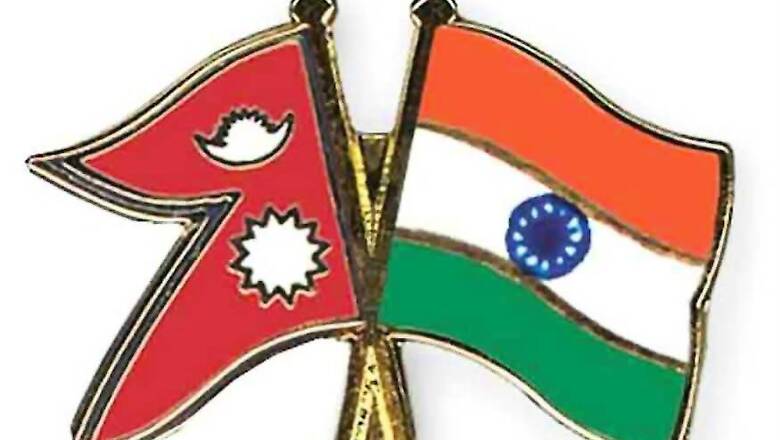
views
Kathmandu: The Nepal National Assembly has unanimously asked the government to intensify the ongoing diplomatic efforts to resolve the Nepal-India border dispute in the Kalapani region.
A resolution proposed by ruling Nepal Communist Party chief whip Khim Lal Bhattarai on Thursday was supported by main Opposition Nepali Congress chief whip Sarita Prasain at the National Assembly.
The resolution urges the government to resolve the border issues at the earliest based on the Nepal-India High-Level Technical Committee initiative, according to Parliament sources.
Nepal had raised objections after India released its new political map in November last year following the reorganisation of Jammu and Kashmir.
Nepal claimed that Limpiyadhura, Lipulek and Kalapani areas were shown under Indian territory even though they lie within the Nepalese territory.
India has said the new map accurately depicts its sovereign territory and it has in no manner revised its boundary with Nepal.
Nepalese territories including Darjeeling were handed to the British East India Company as concessions under the Sugauli treaty which was signed in 1816 on the conclusion of the Anglo-Nepalese War.
Under the treaty, the Nepalese-controlled territory that was ceded included all areas that the king of Nepal had won in earlier wars such as the kingdom of Sikkim in the east and Kumaon and Garhwal in the west.
Presenting the resolution in the House, Bhattarai said the entire nation was drawn to the recently-published Indian political map depicting the Kalapani region comprising Limpiyadhura, Lipulekh and Kalapani as Indian territory.
"We have tabled this resolution to make sure the government takes stronger diplomatic and high-level political initiatives to keep Nepali land free of encroachment and to ensure Indian forces deployed in the Kalapani area are withdrawn," Bhattarai said at the Upper House.
Nepali Congress lawmaker Radheshyam Adhikari said Nepal-India relations were multi-dimensional and that the government needs to ensure the ties were were not affected.
Minister for Foreign Affairs Pradeep Kumar Gyawali said Nepal-India borders were determined by the Sugauli Treaty of March 4, 1816 and three other subsequent documents.
Gyawali said several maps -- Sugauli Treaty-era map (1816), a map prepared by Survey of British India in 1827, Almora map from 1844 and Kumaon-Garhwal map from 1850 -- proved that Limpiyadhura was the origin of the Kali River.
"At a time when unprecedented national unity has been displayed by major political forces, it is a right opportunity to resolve this issue," Foreign Minister Gyawali said.
After the 1850s, India first changed the map and then shifted its border, he claimed.
After the Sugauli Treaty of 1846, India renamed the river originating from Limpiyadhura to 'West Kali' and designated another river originating from Lipulek as the 'border river', the foreign minister said.
"We will not accept the shifting of border unilaterally, we want to resolve the issue through diplomatic channel," he said.
He underlined the need for re-construction of border pillars that were damaged. Chairman of National Assembly Ganesh Prasad Timilsina directed the government to implement the resolution adopted by the house.
















Comments
0 comment